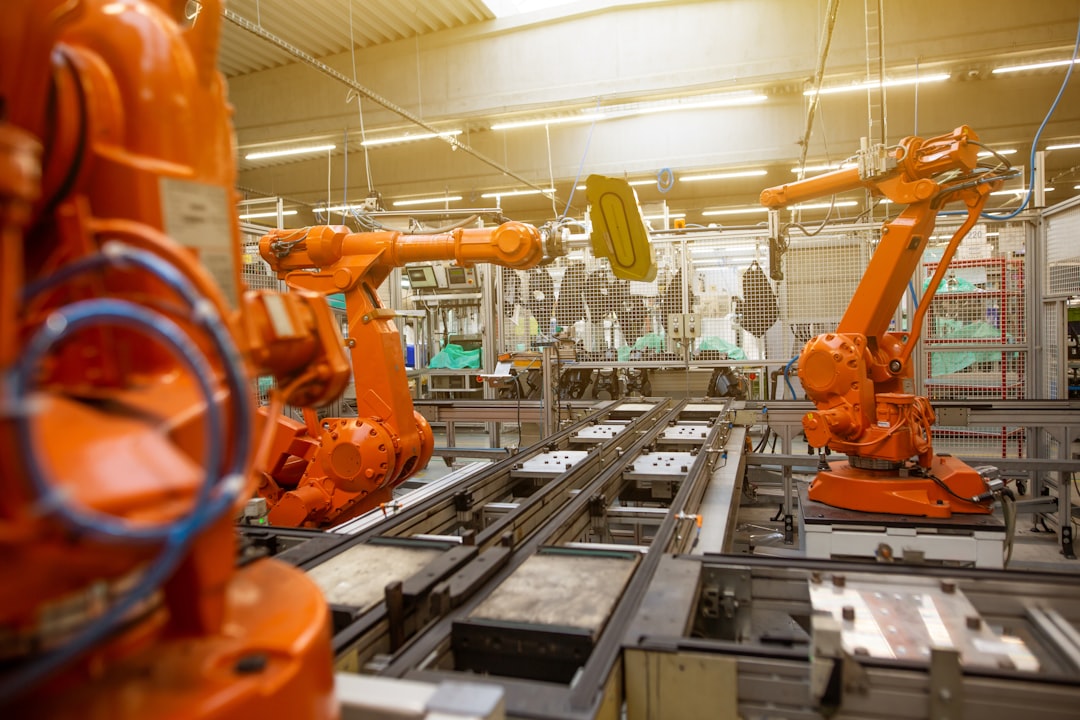Why Automating Your Ecommerce Business Is Essential for Growth in 2025
In an increasingly competitive digital marketplace, staying ahead of trends and consumer expectations is no longer optional—it’s essential. As we move into 2025, one of the most critical decisions for any ecommerce business looking to scale and secure long-term success will be automating its operations. Automation is no longer a luxury reserved for tech giants; it is an accessible, practical, and powerful tool that can fundamentally reshape how a business functions and grows. The companies that invest now will be tomorrow’s leaders.
The Case for Ecommerce Automation
Table of Contents
At its core, automation involves using technology to streamline and optimize repetitive or time-consuming tasks. Ecommerce business owners already wear many hats—from inventory management and customer service to marketing, shipping, and analytics. As the volume and complexity of these tasks multiply with growth, manual processes can become overwhelming, error-prone, and inefficient.
Automation not only eliminates these inefficiencies but also opens doors to real-time insights, seamless scaling, and improved customer experiences. In 2025, when consumer expectations for speed, personalization, and quality are higher than ever, embracing automation will not just save time; it will generate a measurable competitive advantage.
Benefits of Automating Your Ecommerce Business
Here’s why automation should be at the top of your strategic priorities:
- Enhanced Accuracy: Automated systems significantly reduce the potential for human error in inventory updates, order processing, and data entry.
- Time Savings: Freeing your team from routine, repetitive tasks enable them to focus on higher-impact activities like strategy and innovation.
- Scalability: As your ecommerce operations grow, automation ensures you can handle larger order volumes without increasing overhead costs.
- Improved Customer Experience: With faster shipping, real-time order updates, and instantly responsive customer service bots, automation meets (and exceeds) consumer expectations.
- Cost Efficiency: Lower operating costs through streamlined logistics, supply chain automation, and reduced labor requirements deliver better margins.
Key Areas Where Automation Makes the Biggest Impact
Not all tasks in ecommerce are equal—and not all need your daily oversight. Automating in the following areas can rapidly elevate your business efficiency and performance:
1. Order Management and Fulfillment
As your order volume grows, manually managing orders becomes increasingly complex. An automated order management system can process sales in real time, update inventory, route orders to the appropriate fulfillment center, and notify customers—without any manual intervention. The result? Faster delivery times and fewer fulfillment errors.

2. Inventory Tracking and Replenishment
Running out of stock or overstocking products are both costly mistakes. With automated inventory systems, you can easily track stock levels, receive low-inventory alerts, and automatically reorder products based on usage patterns or historical data. Integration with your supply chain ensures that restocking happens smoothly and predictively.
3. Marketing Automation
Marketing is one of the most powerful areas for automation. Email campaigns, social media posts, and personalized product recommendations can all be automated to behave dynamically based on customer behavior.
Here are some possibilities:
- Trigger welcome emails or abandoned cart reminders automatically
- Use machine learning to recommend products based on browsing history
- Deploy social media ads tailored to custom audience segments
In 2025, where customers expect seamless, relevant interactions across platforms, automated marketing will define brand loyalty.
4. Customer Service and Chatbots
With automation tools like AI-powered chatbots, customer service becomes proactive, instantaneous, and scalable. These tools can handle common inquiries—order tracking, return policies, product details—24/7, freeing up human agents to focus on more complex issues.

5. Analytics and Reporting
Most ecommerce platforms generate mountains of data, but interpreting that data requires time. Automated business intelligence platforms are capable of consolidating data from multiple sources—sales, traffic, user behavior—and providing real-time dashboards and predictive analytics. This gives business leaders the power to make decisions based on current, actionable insights rather than outdated monthly reports.
Why 2025 Is the Turning Point
Several market forces are converging to make automation not just advisable, but essential in 2025:
- Escalating Consumer Expectations: Fast shipping, personalized offerings, and immediate support are becoming baseline customer demands.
- Artificial Intelligence Integration: AI tools are becoming smarter, cheaper, and easier to implement, making them more accessible to small and mid-sized businesses.
- Labor Market Shifts: Hiring, training, and retaining employees is more challenging and expensive than ever. Automation offers continuity and scalability in uncertain labor conditions.
- Global Ecommerce Growth: With projections showing exponential increases in global ecommerce, businesses must scale rapidly to make the most of expanding markets.
These changes point to one conclusion: businesses that invest in automation today will be the ones poised to thrive in the years ahead. Waiting too long may mean getting left behind.
Overcoming Common Concerns
Understandably, some ecommerce businesses hesitate to automate due to initial setup costs, technical complexity, or fear of losing the human touch. These are legitimate concerns—but increasingly outdated.
Today’s automation solutions are designed for user-friendliness. Most platforms offer out-of-the-box integrations with ecommerce giants like Shopify, WooCommerce, or BigCommerce. Many also offer tiered pricing, allowing smaller businesses to start with basic functionality and scale their automation efforts over time.
As for the human touch—automation actually enhances it. By handling repetitive tasks, automation frees your team to provide more meaningful human interactions where they matter most: resolving unique support inquiries, crafting authentic content, or building long-term partnerships.
How to Start Automating Your Ecommerce Business
Here’s a practical roadmap to begin your automation journey:
- Audit Your Current Workflows: Identify bottlenecks and areas where manual work consumes valuable time or leads to errors.
- Set Clear Automation Goals: Whether you’re aiming to reduce cart abandonment or shorten shipping times, align tools with specific objectives.
- Invest in the Right Tools: Look for flexible, integrative automation platforms suited to your ecommerce stack and scale.
- Start Small and Scale Up: Begin by automating one or two key processes before expanding into other areas.
- Monitor and Optimize: Automation isn’t “set-and-forget.” Regularly assess performance and refine rules or parameters for better results.

Conclusion
In a landscape defined by speed, data, and customer-centricity, ecommerce automation is no longer just a competitive edge—it’s a growth imperative. In 2025 and beyond, consumers will continue to demand quicker delivery, more personalized experiences, and immediate service. At the same time, operational costs and complexity will continue to rise.
By adopting automation, businesses not only prepare themselves to scale sustainably—they position themselves at the forefront of innovation. Whether you’re just starting your online store or already serving thousands of customers, automation can supercharge your operations, protect your profit margins, and help you win in an increasingly complex ecommerce ecosystem.
Don’t wait for the future to arrive—create it through informed, strategic automation today.







